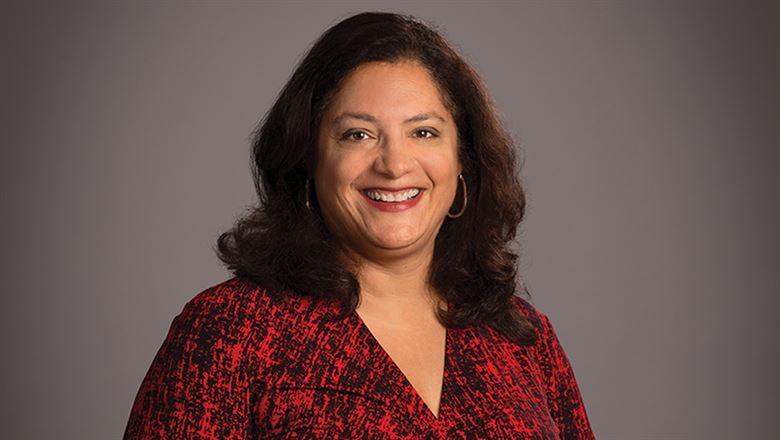3 Lessons: Problem-Solving Leadership
 Associations Now
Associations Now
Silvia Quevedo, CAE, director of practice guidance at the Association for Professionals in Infection Control and Epidemiology, taps her clinical experience to solve problems and meet goals.
Silvia Quevedo, CAE
Director, Practice Guidance
Association for Professionals in Infection Control and Epidemiology
Arlington, Virginia
Spend time on diagnosis.
Before I became an association professional, I was a speech-language pathologist for more than 20 years. The change was a culture shock, but one rule is the same: Understanding a problem will help determine the solution that fits. Taking the time to learn root causes is as important for staffing and budget cycles as anything else. Failing to research upfront can mean wasted resources on a problem you’re still stuck with.
Set goals, but prepare to adjust them.
In rehabilitation, it’s important to set goals and have a vision for what success will look and feel like. But while working on a project, I am constantly asking myself and my team to reassess that vision. Are we on track? Is there a better, more effective way to do something? Is this achieving its intended purpose? If you don’t ask and answer these questions honestly, programs and processes never change.
You can’t do it alone.
Treating communication disorders for those who’d suffered strokes didn’t just require my knowledge and skills as a speech-language pathologist. I needed insights from other rehab professionals, medical staff, family, caregivers—and the patient. As association leaders, we cannot make an organization successful without tapping into the knowledge, perspective, and ideas of colleagues and stakeholders. Know when you’re unsure, and seek help.
[This article was originally published in the Associations Now print edition, titled "On Call."]

